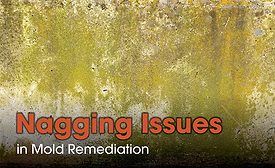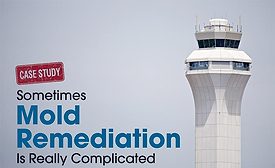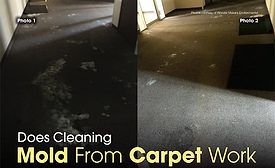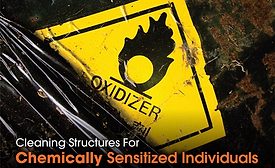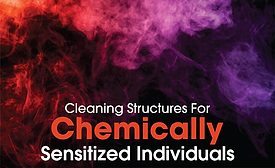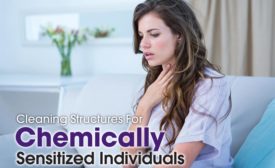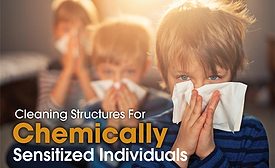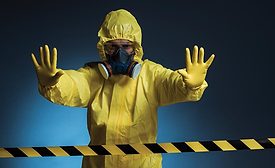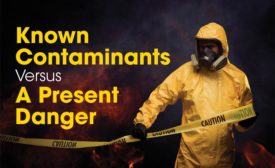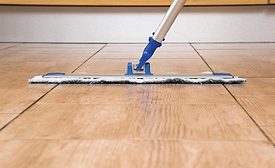Articles by Michael A. Pinto CSP, SMS, CMP, RTPE, FLS, ERS
Case Study: Sometimes Mold Remediation Is Really Complicated
Proper source removal at an active air traffic control tower.
Read More
Cleaning Structures for Chemically Sensitized Individuals | Part 3
Part 3 - Neutralization
Read More
Stay ahead of the curve with our eNewsletters.
Get the latest industry updates tailored your way.
JOIN TODAY!Copyright ©2025. All Rights Reserved BNP Media.
Design, CMS, Hosting & Web Development :: ePublishing
